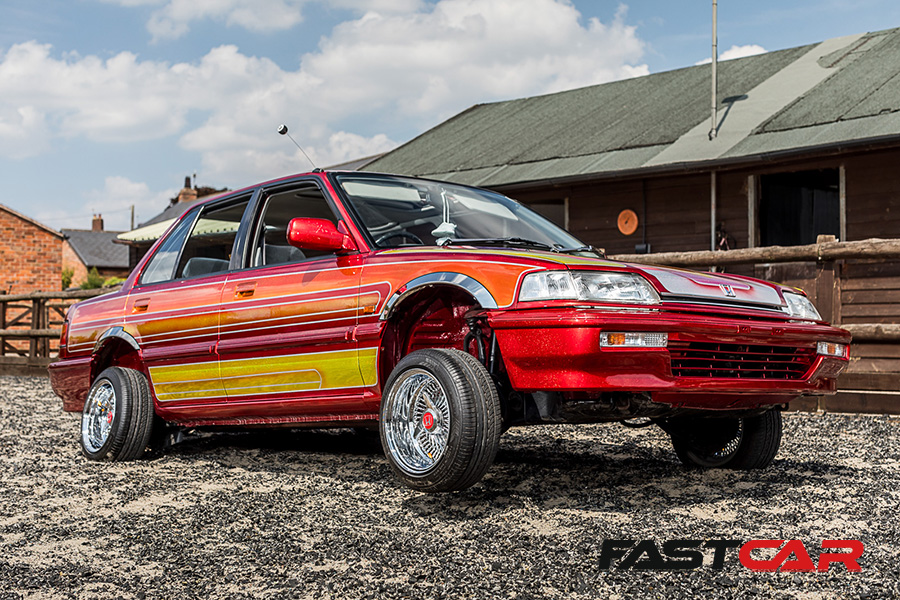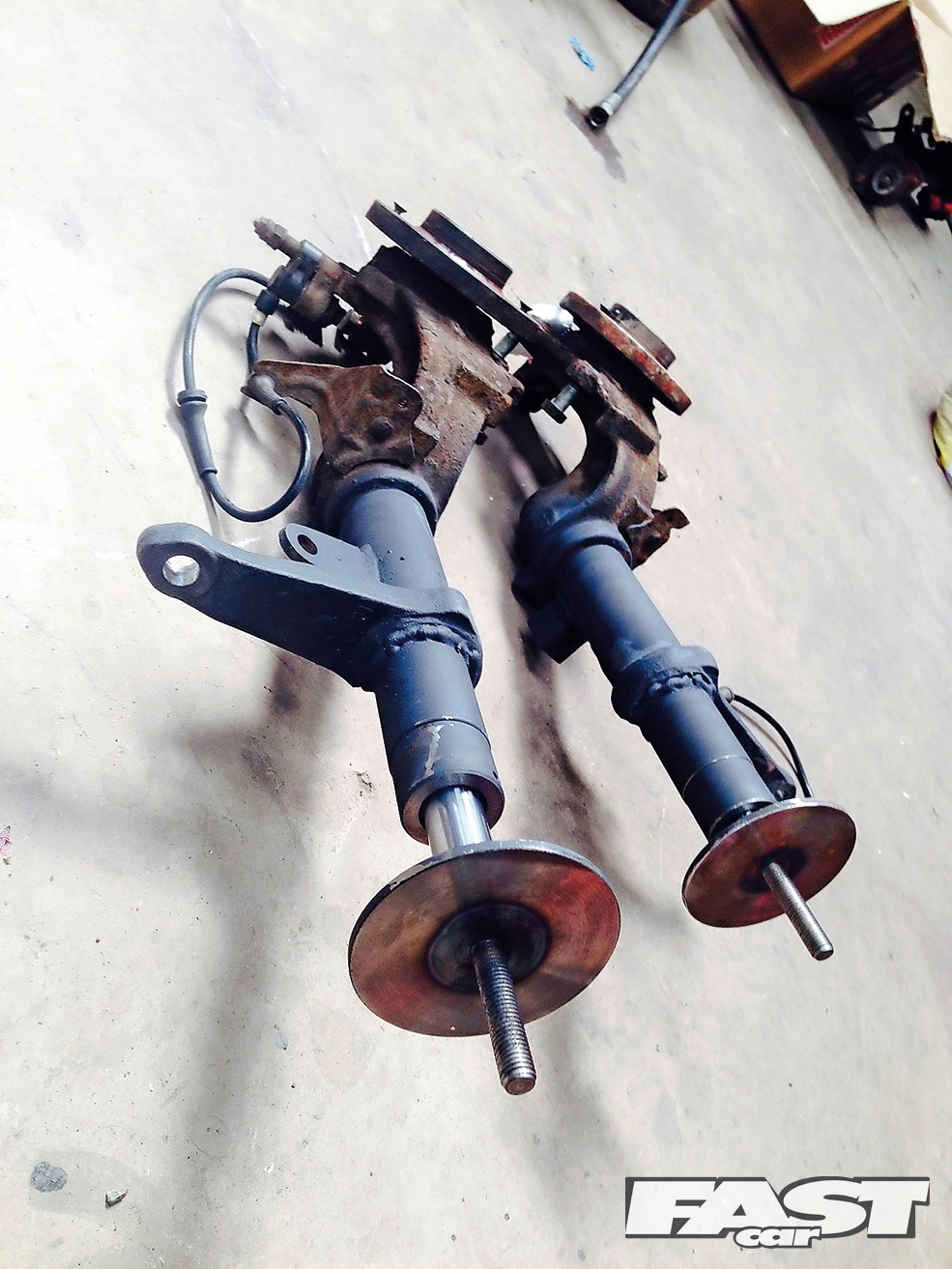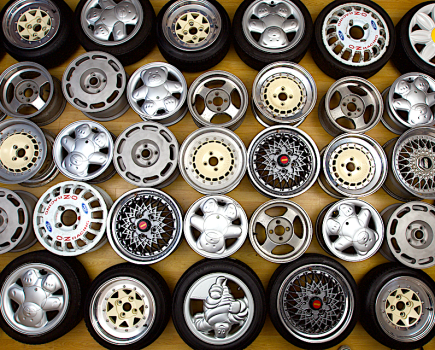Want to know more about hydraulic suspension? We guide you through all the components as well as the pros and cons to hydraulic suspension.
Hydraulics are everywhere, just not often on cars as this setup is reserved for the hardcore people. This isn’t your simple car suspension upgrade that most modifying cars will do. No. Instead, it’s for the people who want nothing else from their car aside from it to be able to be dumped to the tarmac in an instant, raised back up just as fast; and depending how trick their system is, adjust the height of each corner individually, and at speed. Do you want your car to roll on three wheels or literally jump off the ground? Well, you can with hydraulics.
What is hydraulic suspension and why do I want it?
Just like air suspension, hydraulics are fairly simple. With these, a hydraulic ram replaces the entire spring and shock assembly, which is the kind of thing you’re more likely to see controlling the bucket on a digger, or a crusher. As with air-ride, control of the rams is down to electrically operated pumps feeding the fluid to the rams via lines. However, all the components; from the rams, the pumps, and the electrics that supply the power and control, tend to be bigger and heavier, so hydraulics are more expensive and harder to fit than air suspension.
The final thing regarding wanting hydraulics is that you need to understand performance and comfort tend to go right out of the window. A full hydraulic setup, especially with the additional electrics needed, are heavy as hell. And the ride quality tends to vary from too low to drive and ultra soft, to rock solid and uncomfortable. There is very little option for a good middle-ground, especially when it comes to handling.
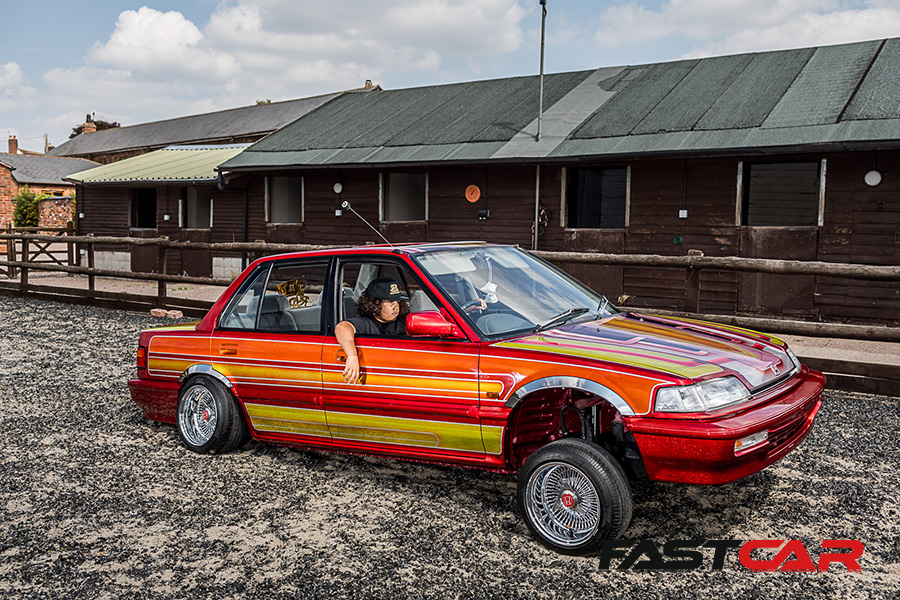
What are the pros and cons of hydraulic suspension?
Pros: They’re fast acting, and extreme height changes are possible with ease. They are ridiculously cool. How else are you gonna make your car dance and even jump off the ground like the West Coast OGs?
Cons: Expensive, very heavy and custom fit only. It requires serious electrical upgrades and they give relatively poor ride and handling. High pressures and hydraulic fluid mean things can get messy if they go wrong. Hydraulic rams tend to be less reliable and resistant to the weather and road salt in comparison to air bags.
When and where did hydraulic suspension originate?
Hydraulics first appeared as a modification in the low rider scene in the late 50s. This mostly started after a new California law made static drops illegal. At the beginning, hydraulic pumps and rams were salvaged from all kinds of things and fitted to low riders to allow the ride height to be adjusted at the flick of a switch any time the cops appeared.
From what started as the only way to make a car legally low, soon turned in to a complete modification scene based around low riders. The unique things hydraulics could do, such as rapid and extreme height changes of individual wheels, to the extent of making the car jump and dance appealed to many. As time has moved on, hydraulic kits have gone from salvaged military and industrial parts to custom made bits especially for cars. However, the basic methods, components and uses of aftermarket hydraulic kits are exactly the same to this day.
What components make a hydraulic suspension system?
Rams
This is what you replace your conventional shock and spring setup with, and are found on everything from JCBs and planes, to the trolley jack you own. These are fitted directly in place of the conventional suspension, though in most applications custom work will be needed to mount them. It’s these rams being filled and emptied with pressurized hydraulic fluid that raises and lowers the car.
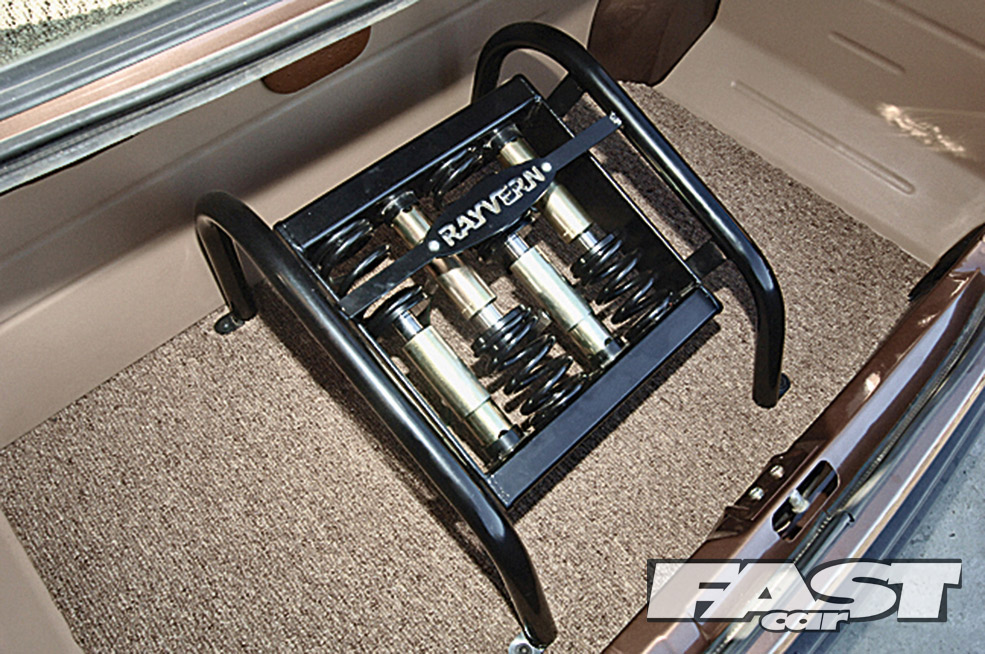
Springs
Yes, we know we said the rams replace the shocks and springs. However, on some kits, be it for improved ride quality, or to stop the car getting smashed to pieces from the shock on hopper/jumper cars, small suspension springs can also be added to inject a little compliance. Not all hydraulic kits run these, or indeed need them, but they do seem a good idea!
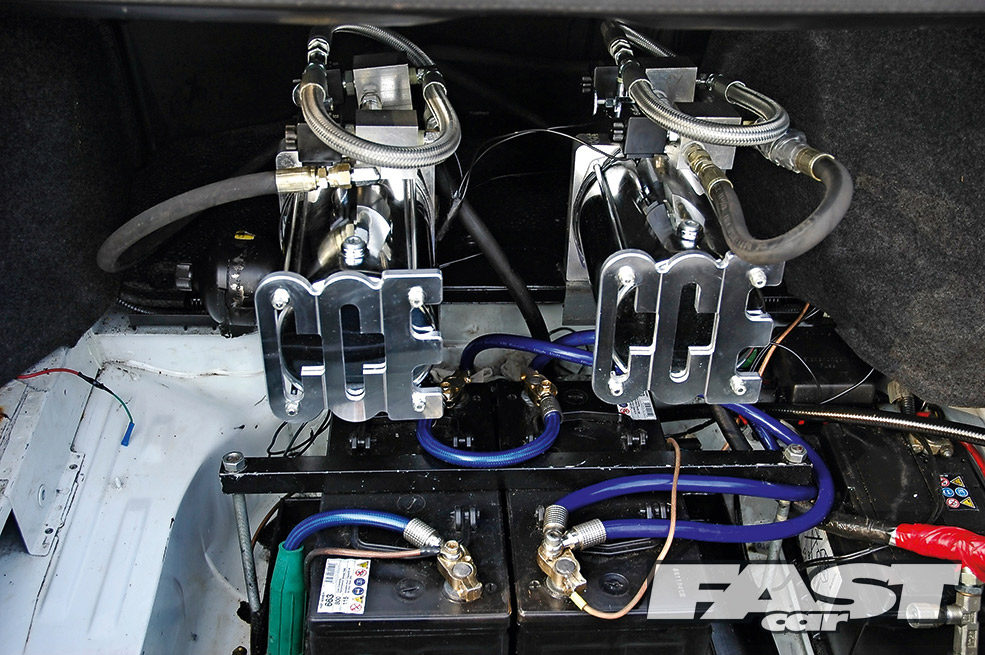
Pumps
You need a way of powering it, and that’s by using a heavy-duty hydraulic pump or four. While they work in the same basic manor as air systems, these are much bigger and more powerful. They need to use pressures over ten times more than air bags. These huge power and pressure levels give the faster response, but this means they are heavier and take more electrical power to work.
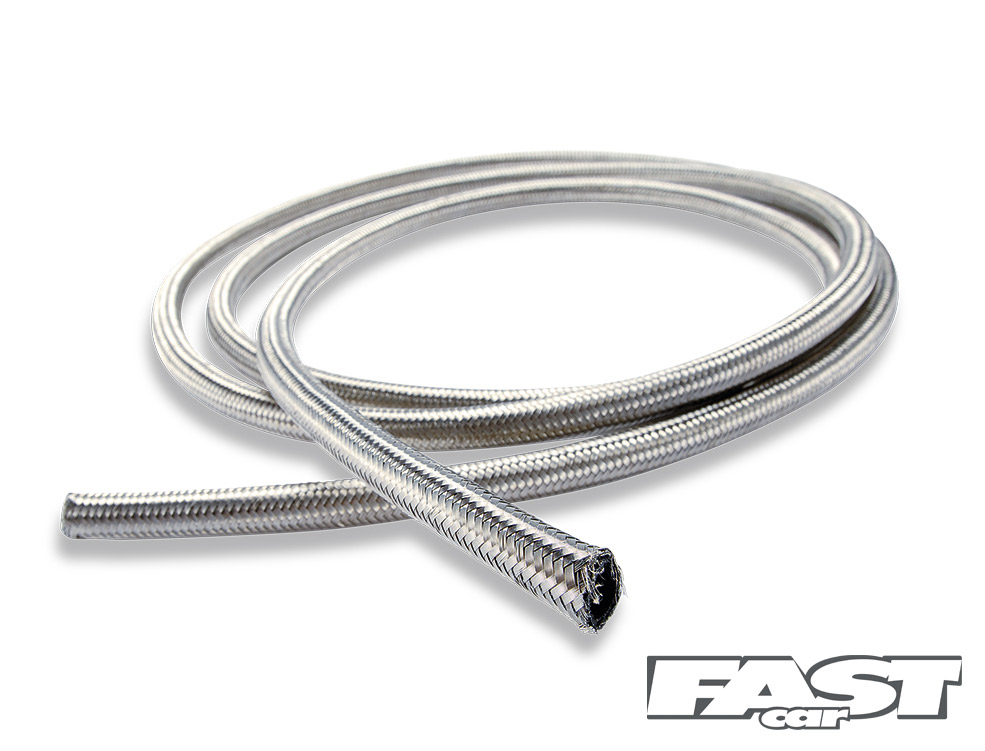
Fluid lines
No weedy plastic piping and easy push fit connectors with hydraulics unfortunately; this stuff tends to be serious heavy-duty hose with big metal connectors to cope with the massive pressures. It’s a good job too. If you get a leak with hydraulics, you’ll know all about it. The high pressure means it can spray out all over the shop. Hydraulic fluid isn’t the nicest stuff, it’ll do a lot more damage than air!
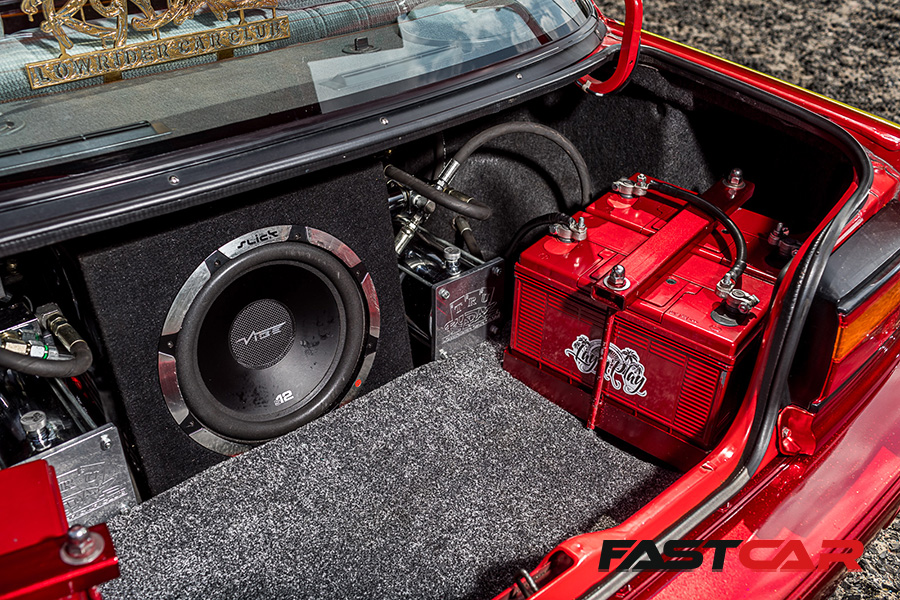
Electricals
Big, powerful pumps need big, powerful electrics. If you want to make your car raise up and down really fast – or even dance – the electrics need even more beefing up. Multiple batteries are common, even ten or more very large batteries is not a rare sight, as well as heavy duty wires and uprated or even twin alternators.
Beyond this, it’s quite common practice to convert the usual 12-volt car electrics to truck style 24-volt, or even mains-spec 240-volt electrics on serious low riders for maximum performance. The electrical system is actually the most in-depth part on hardcore low riders to create the huge amount of power needed (over 2000 amps in some cases) to make the car dance or jump. You can have cars with up to sixteen switches on the control box for all the crazy moves the owner wants the suspension to do.
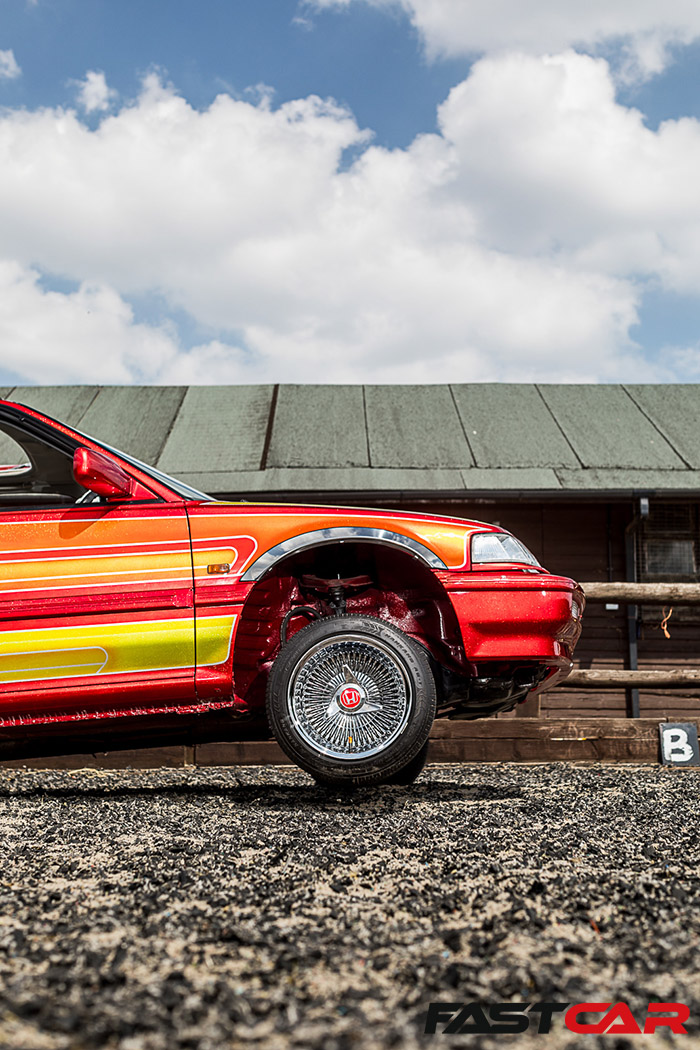
Can I just install hydraulic suspension and away I go?
Frankly, unless you own a ‘64 Impala or similar, the answer is no. Hydraulics is such a specialised thing, especially outside the US low rider scene, that aside from a very few typical low rider cars, hydraulic suspension is always a custom setup.
While the days of people using hydraulic rams from scrap industrial machinery may be over, even hydraulic setups intended for use on cars need custom fabrication to fit. Someone very handy with mechanical modification and fabrication could certainly fit a kit. However, usually we’d recommend that they are left for a professional to install. People such as Rayvern Hydraulics specialize in this kind of work.

What’s it really like to use hydraulic suspension on a daily basis?
Not much turns heads more than a car on hydraulics, that’s for sure. However, from a performance or comfort point of view, it’s not something that most would be able to handle as a daily driver.
The problems with hydraulics come down to two main things: weight and ride quality. A boot full of heavy batteries and pumps will noticeably slow down any car, and while most American low riders are big block V8s with plenty of grunt to haul the weight, your average two liter European or Japanese car will massively struggle to get anywhere fast. The other main problem is the ride. Most kits at are too low and too soft at their maximum settings to drive. Then, when raised up, the suspension becomes almost rock-solid, which is not a good thing for comfort or handling.
Is hydraulic suspension legal?
In the UK, there isn’t currently a law that would suggest hydraulic suspension is illegal. That being said, every road car must pass a yearly MOT, and if the tester deems it unsafe then that’s that. Provided it’s been installed correctly and, just as important, maintained correctly, you shouldn’t have any issues.
In the US, things get a little trickier due to the fact that you have federal laws and state laws. Our advice would be to research the laws in your state before you go ahead and install it. Given the history of hydraulic suspension and how it was a way of bypassing Californian laws regarding lowering your vehicle’s height, we suspect you’ll be OK in most states. But always do you research!
What about Citroen’s hydropneumatics suspension?
OK, when we talk about hydraulic suspension, we’re purely talking about this from an aftermarket point of view. For you hardcore enthusiasts out there, you’ll know that Citroen became famous for using hydraulic suspension, namely hydropneumatics suspension. In the aftermarket sense, the job of hydraulics is to lift the car up and down, quickly. On a very basic level that is. However, Citroen used it in a different way, allowing the wheels to move up and down quickly to absorb energy. In doing so, it meant the car could remain as stable as possible, providing sublime comfort.
If you love modified cars in all forms, including those that bounce up and down in the above article, then we’ve got some great news for you. Throughout the year we host a plethora of performance car events for enthusiasts. Be sure to check out our Fast Car Events page for more info.

